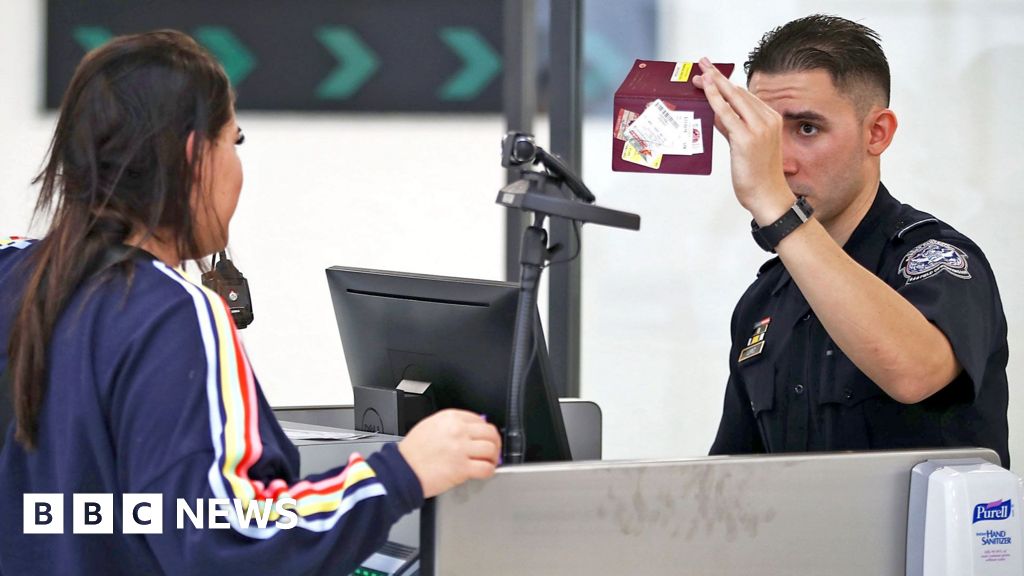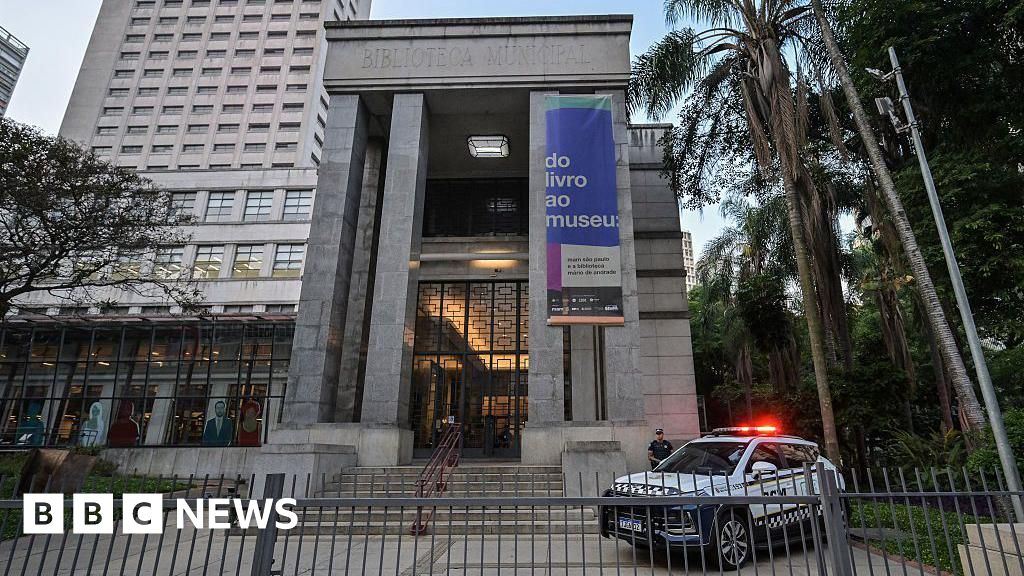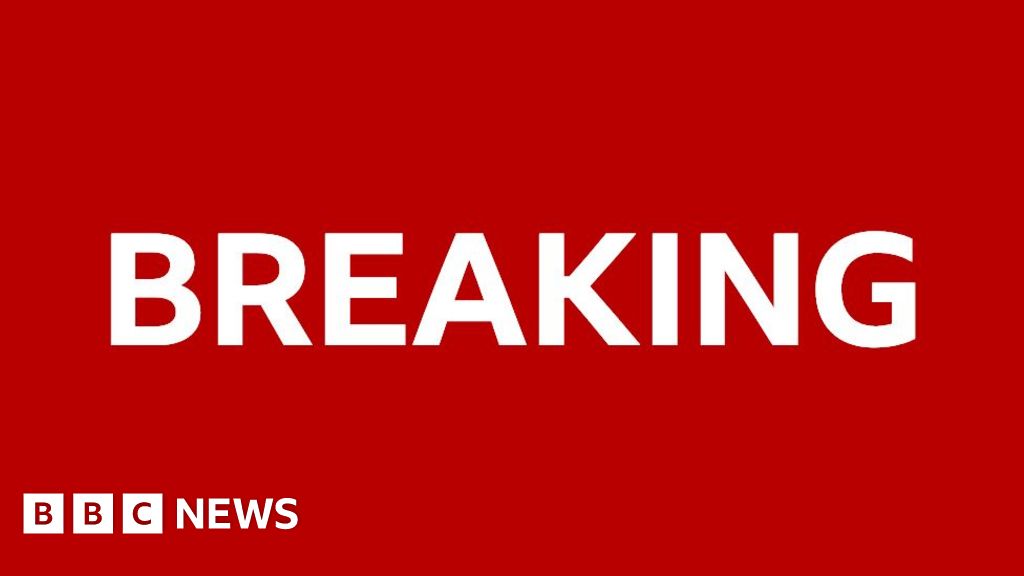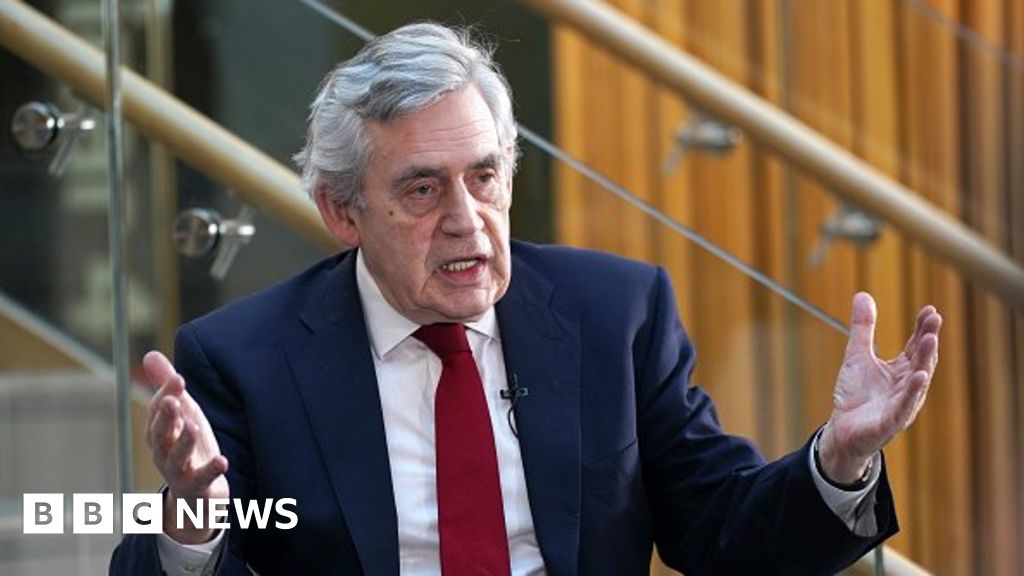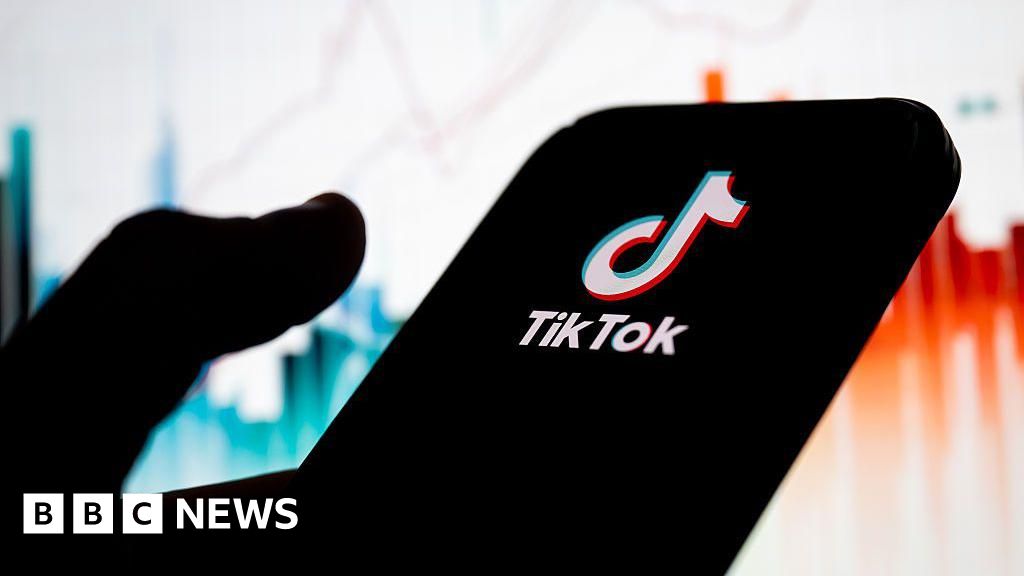Media playback is unsupported on your device
Chancellor Rishi Sunak has said it is “impossible” to predict how many jobs the government’s new wage subsidy scheme will save.
The scheme, set to replace furlough, will see the government top up the pay of people unable to work full time.
It aims to stop mass job cuts after the government introduced new measures to tackle a rise in coronavirus cases.
Mr Sunak said he hoped the plan would “benefit large numbers”, but he could not say what job is “viable or not”.
Under the Job Support Scheme, if bosses bring back workers part time, the government will help top up their wages with employers to at least three quarters of their full time pay.
It will begin on 1 November and last for six months.
How will the Job Support Scheme work?
Under the scheme, the government will subsidise the pay of employees who are working fewer than their normal hours due to lower demand.
Employers will pay for the hours actually worked. And then the government and the employer will between them cover two thirds of the lost wages. But only staff who can work at least a third of their normal hours will be eligible for the scheme.
The payment will be based on an employee’s normal salary, with the government contribution capped at £697.92 per month.
Why is the government doing this?
Mr Sunak described the scheme as a “radical new policy”, designed “to help protect as many jobs as possible [and] keep people in part-time work rather than laying them off”.
However, he said it would only support “viable jobs” – as opposed to jobs that exist because the government is continuing to subsidise the wages.
“It’s not for me to sit here and make pronouncements upon exactly what job is viable or not but what we do need to do is evolve our support now that we’re through the acute phase of the crisis,” Mr Sunak said at a press conference after the scheme was unveiled.
“We obviously can’t sustain the same level of things that we were doing at the beginning of this crisis.”
How many jobs will this save?
The BBC understands that the Treasury is estimating that anywhere between two and five million people could be covered by the new Jobs Support Scheme.
However, the chancellor told a press conference that he would be “lying” if he tried to give precise numbers but he said that some forecasts for unemployment “don’t make for good reading”.
Nearly three million workers – or 12% of the UK’s workforce – are currently on partial or full furlough leave, according to official figures. The current furlough scheme ends on 31 October.
The government’s contribution to workers’ pay will fall sharply compared with the furlough scheme. Under furlough, it initially paid 80% of a monthly wage up to £2,500 – under the new scheme this will drop to 22%.
“The primary goal of our economic policy remains unchanged – to support people’s jobs – but the way we achieve that must evolve,” Mr Sunak said.
“I cannot save every business, I cannot save every job.”
Image copyright
Getty Images
How much will it cost?
The scheme will cost the government an estimated £300m a month. Companies who use it can also still claim the Job Retention Bonus, where the government pays £1,000 for every furloughed employee who comes back to work until at least the end of January.
Mr Sunak said a similar scheme for the self-employed would be available.
Who does it help?
All small and medium sized businesses will be eligible for the scheme but larger business will only qualify if their turnover has fallen during the crisis
It will run for six months starting in November and be open to employers across the UK even if they have not previously used the furlough scheme.
Employees must be in ”viable jobs” to benefit from the scheme. Those in industries currently closed – such as nightclubs – may lose out as there isn’t any work.
Image copyright
Getty Images
Gavin McQueen, the manager of Pryzm in Leeds, sits in the club, which has not reopened since the UK went into lockdown in March
What do businesses think?
Business lobby group the CBI welcomed the government’s plan.
“It is right to target help on jobs with a future, but can only be part-time while demand remains flat. This is how skills and jobs can be preserved to enable a fast recovery, “said CBI director-general Dame Carolyn Fairbairn.
However, Torsten Bell, chief executive of the Resolution Foundation think tank said that the new jobs scheme on its own “will not encourage firms to cut hours rather than jobs because the one-third employer contribution means it is much cheaper for firms to employ one person full-time than two people part-time”.
He warned that the £1,000 Job Retention Bonus firms would receive for retaining workers at the end of January, combined with the new scheme could create a new “cliff-edge” for job cuts.
“We’ve now got a big incentive for firms to retain workers part-time until you qualify for the bonus.”
Labour, meanwhile, said it would support any measures to safeguard jobs but accused the government of acting too late.
Image copyright
Getty Images
What about workers?
Tracey Sheppard is a cleaner at a leisure centre in Essex who’s been on furlough since the end of March. She said she hoped the new Jobs Support Scheme will help her, but there are no guarantees.
“They’re a very big company that I work for … but I don’t’ know whether they’d be able to afford to keep me on… I just don’t know,” she told the BBC’s World At One.
She said she feels “frightened” because her family only recently moved to the area and this is the only job she can fit in around childcare.
“I’ve just heard nothing [from my employer]. The last time I heard from them was the beginning of lockdown.”
What else did the chancellor announce?
A cut in VAT for hospitality and tourism companies will also be extended until March. The cut from 20% to 5% VAT – which came into force on 15 July – had been due to expire on 12 January next year.
However, the Food and Drink Federation (FDF) said this and the new jobs plan did “not go far enough” in helping the industry which has been hit by the government’s new restrictions to stop coronavirus cases from rising.
Image copyright
Getty Images
What about loan repayments?
Mr Sunak also announced that businesses that have borrowed money through the government’s loan scheme would be given more time to repay the money.
The chancellor said that small businesses who took out “Bounce Back” loans can use a new “Pay as You Grow” flexible repayment system. It means borrowings can be repaid over 10 years instead of the original six year term.
The longer repayment time also applied to small and medium-sized firms who borrowed under the Coronavirus Business Interruption Loan Scheme.
Businesses will also have more time to apply for these loans, as well as the Coronavirus Large Business Interruption Loan Scheme and the Future Fund. Application dates for the various schemes had been due to end in October and November.
Will the scheme work?
The new jobs support scheme is a fraction of what we have seen over the past few months, and is concentrated on those deemed to be in “viable” jobs. It cannot prevent a sharp rise in unemployment in the coming months in “non-viable” jobs.
Indeed, the economic impact of this package of several billion pounds is likely to be far outweighed, even by this week’s announcement that the UK faces a six-month “new normal” of social restrictions.
The Treasury has extended the bridge of support it put in place in March to cover the next six months.
But the new scheme requires everybody to chip in. That will be too much for many employers. We are about to find out just how many.
Will this scheme benefit you? Do you have any questions about the scheme? Email [email protected].
Please include a contact number if you are willing to speak to a BBC journalist. You can also get in touch in the following ways:
- WhatsApp: +44 7756 165803
- Tweet: @BBC_HaveYourSay
- Please read our terms & conditions and privacy policy


